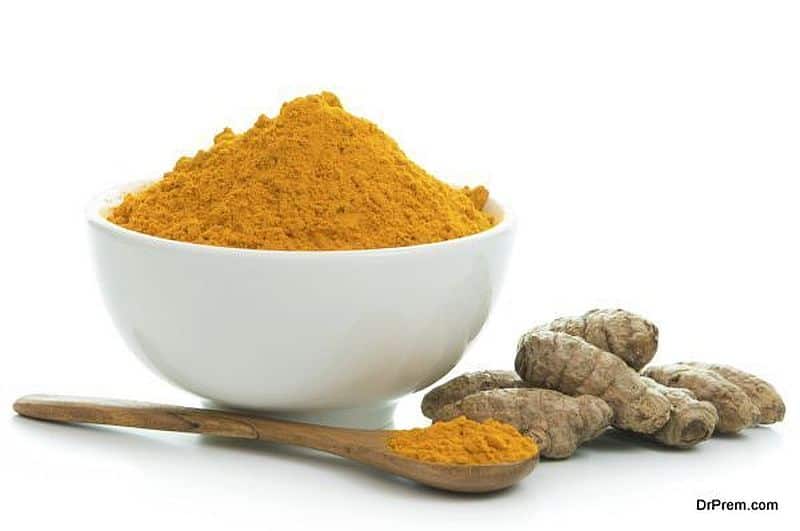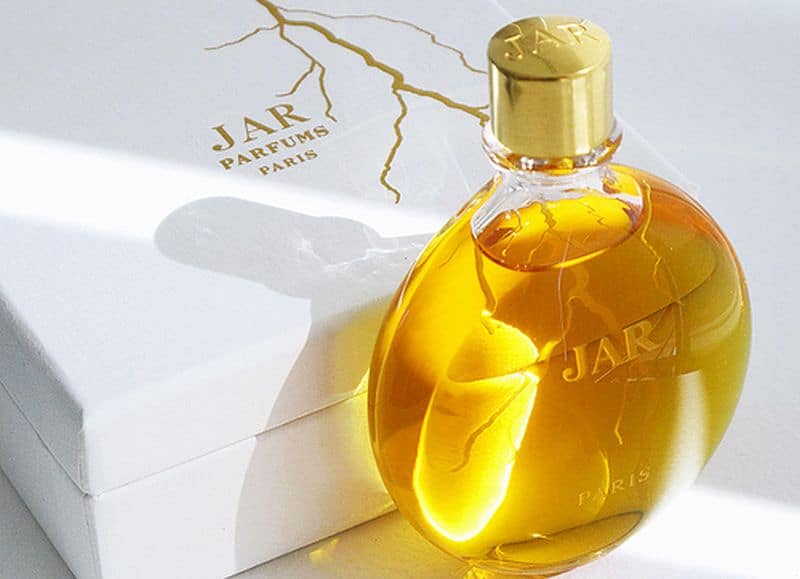The world of herbal medicine and natural remedies has seen a resurgence in recent years, with people seeking alternatives to conventional pharmaceuticals. Turmeric, shilajit, mad honey, and various other herbs have gained popularity for their potential health benefits. However, these herbs often require refinement processes to extract their active compounds and ensure safety and efficacy. In this guide, we will explore how turmeric, shilajit, mad honey, and other herbs get refined to harness their full potential.
Mad Honey Refinement:
This rare kind honey, found in nepal, is created by a special kind of bee (Apislaboriosa). These bees feed on the nectar of particular rhododendron flowers, which lends the honey its distinctive character. This honey is well-known for its psychoactive properties, primarily attributed to the presence of grayanotoxins.
Refinement Process:
- Harvesting: Honey hunters collect honeycombs from hives that have mad honey.
- Extraction: The honeycombs are carefully extracted to obtain the mad honey.
- Testing: Mad honey should be carefully tested for potency, as its active compound, grayanotoxin, can have toxic effects.
- Dilution: To reduce toxicity, some producers dilute mad honey with regular honey.
- Packaging: Mad honey is packaged and labelled with clear information about its potency and potential effects.
Shilajit Refinement
Shilajit is a sticky resinous substance found in the Himalayan mountains. It is renowned in Ayurvedic medicine for its rejuvenating and adaptogenic properties.
Refinement Process:
- Collection: Shilajit oozes from rocks in high-altitude regions and is collected carefully to preserve its purity.
- Filtration: Collected shilajit undergoes filtration to remove impurities like rocks and debris.
- Purification: Shilajit is purified using traditional Ayurvedic methods, involving multiple boilings with herbal decoctions.
- Drying: After purification, shilajit is dried to remove excess moisture.
- Conversion: The purified resin can be converted into different forms, like powder or capsules, for ease of consumption.
Battisa (Aconitum spp.) Refinement:
Battisa refers to various species of the Aconitum genus, commonly known as “monkshood” or “wolfsbane.” Some species of Aconitum are used in traditional medicine for their potential therapeutic properties, but they are also known for their toxic alkaloids.
Refinement Process:
- Harvesting: The aerial parts of the Battisa plant, including leaves and flowers, are harvested during the appropriate growth stage.
- Drying: The harvested plant parts are typically air-dried or carefully dried in controlled conditions to reduce moisture content.
- Extraction: Battisa may undergo extraction processes using appropriate solvents to isolate the desired compounds while minimising toxic alkaloids.
- Quality Control: Extracted compounds are subject to quality control measures to ensure safety and potency.
- Formulation: The refined extracts can be formulated into various herbal products, such as tinctures, powders, or capsules, for medicinal use.
Turmeric Refinement
Turmeric is a bright yellow spice derived from the rhizomes (underground stems) of the Curcuma longa plant. It has been used for centuries in traditional medicine and cooking due to its potential health benefits, primarily attributed to its active compound, curcumin.
Refinement Process:
- Harvesting: Turmeric rhizomes are carefully harvested from the ground, usually after 7–10 months of growth.
- Cleaning: The harvested rhizomes are cleaned to remove dirt and debris.
- Drying: Sliced or powdered rhizomes are dried to reduce moisture content.
- Curcumin Extraction: Curcumin, the primary bioactive compound, is extracted using solvents or CO2 extraction methods.
- Purification: Extracted curcumin is further purified to remove impurities and ensure a high concentration of curcuminoids.
- Formulation: The refined curcumin can be formulated into various products like capsules, tinctures, or creams for consumption or topical application.
Cinnamon Refinement:
Cinnamon is a popular spice obtained from the bark of several species of Cinnamomum trees. It is known for its sweet and warm flavour and has been used in traditional medicine for its potential health benefits.
Refinement Process:
- Harvesting: Cinnamon is harvested by cutting the bark from mature cinnamon trees during the appropriate season.
- Peeling: The outer bark is carefully peeled away to reveal the inner bark, which contains the valuable cinnamon layers.
- Drying: The inner bark is dried, usually in the sun, to enhance flavour and aroma.
- Cutting and Sorting: Once dried, the cinnamon bark is cut into smaller pieces or sticks and sorted based on quality and size.
- Grinding: Some types of cinnamon are ground into a fine powder, while others are used as cinnamon sticks.
- Packaging: The refined cinnamon is packaged for distribution or sale, either as whole sticks or ground powder.
Bojo (Acoruscalamus) Refinement:
Bojo, also known as Acoruscalamus or sweet flag, is a perennial herbaceous plant used in traditional medicine for its potential medicinal properties, including digestive and cognitive benefits.
Refinement Process:
- Harvesting: Bojo is harvested by uprooting or cutting the rhizomes, which contain the desired aromatic compounds.
- Cleaning and Washing: The harvested rhizomes are cleaned and washed thoroughly to remove dirt and impurities.
- Drying: The cleaned rhizomes are dried to reduce moisture content and preserve their aroma and active compounds.
- Slicing or Powdering: Dried rhizomes can be sliced into thin pieces or ground into a powder, depending on the intended use.
- Packaging: The refined bojo is packaged for use in traditional medicine or as an herbal supplement.
Zedoary Refinement:
Zedoary, also known as Curcuma zedoaria, is a rhizomatous herb belonging to the ginger family. It has been used in traditional medicine for its potential digestive and anti-inflammatory properties.
Refinement Process:
- Harvesting: Zedoary rhizomes are harvested once they mature, typically after several months of growth.
- Cleaning and Washing: The harvested rhizomes are cleaned and washed to remove soil and debris.
- Drying: Cleaned rhizomes are dried to reduce moisture content and enhance shelf life.
- Slicing or Powdering: Dried rhizomes can be sliced into thin pieces or ground into a powder for various applications.
- Packaging: The refined zedoary is packaged for use in traditional medicine, culinary applications, or herbal products.
Juniper Berries Refinement:
Juniper berries are the small, aromatic cones of various juniper species. They are known for their use in flavouring gin and for their potential health benefits, including as a diuretic and digestive aid.
Refinement Process:
- Harvesting: Juniper berries are typically harvested when they ripen and turn dark blue or purple.
- Cleaning and Drying: The harvested berries are cleaned to remove any impurities and then dried to reduce moisture content.
- Sorting: Dried juniper berries are sorted based on size and quality.
- Packaging: The refined juniper berries are packaged for use in culinary dishes, herbal teas, or as flavouring agents.
Article Submitted By Community Writer




